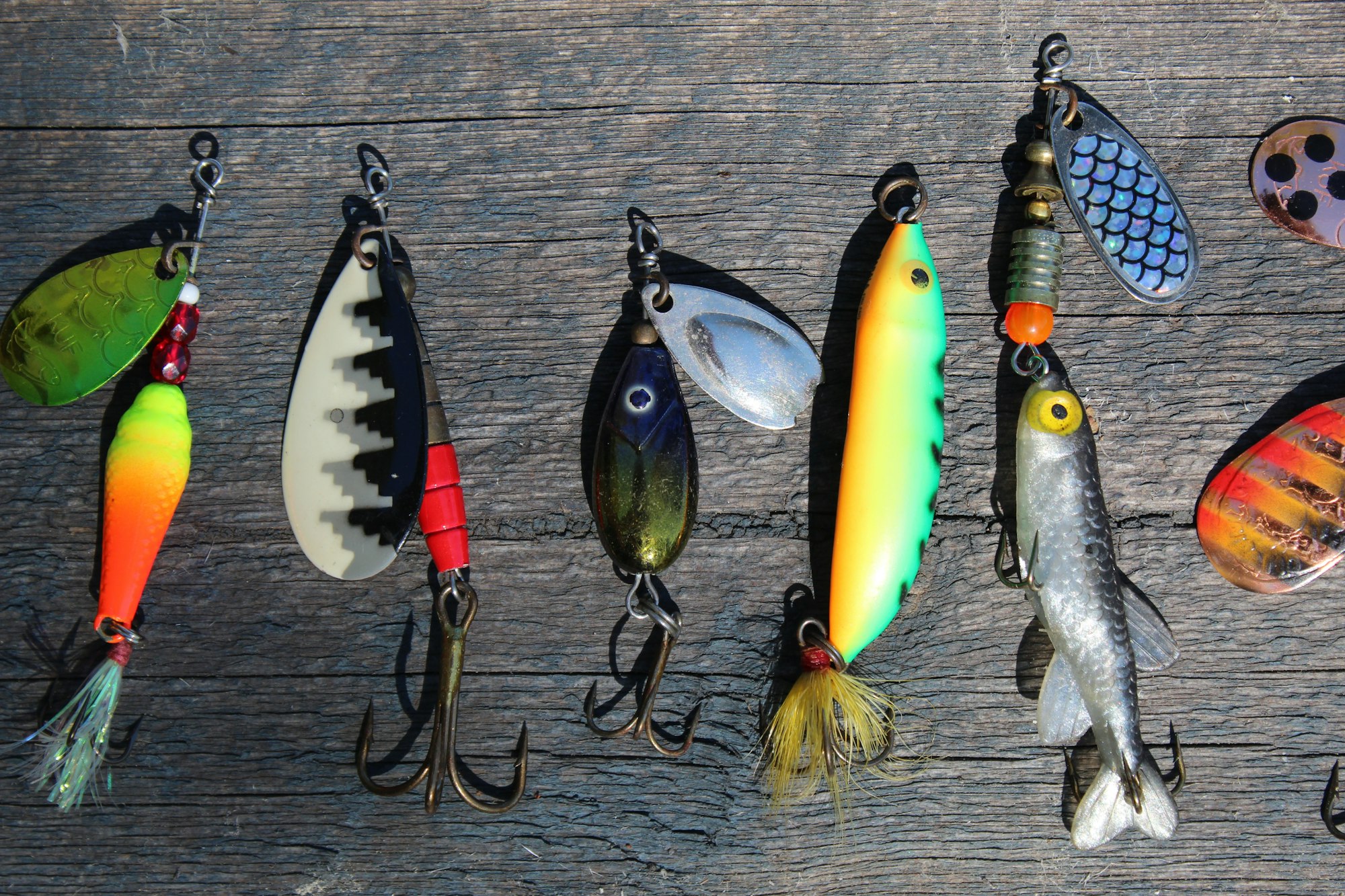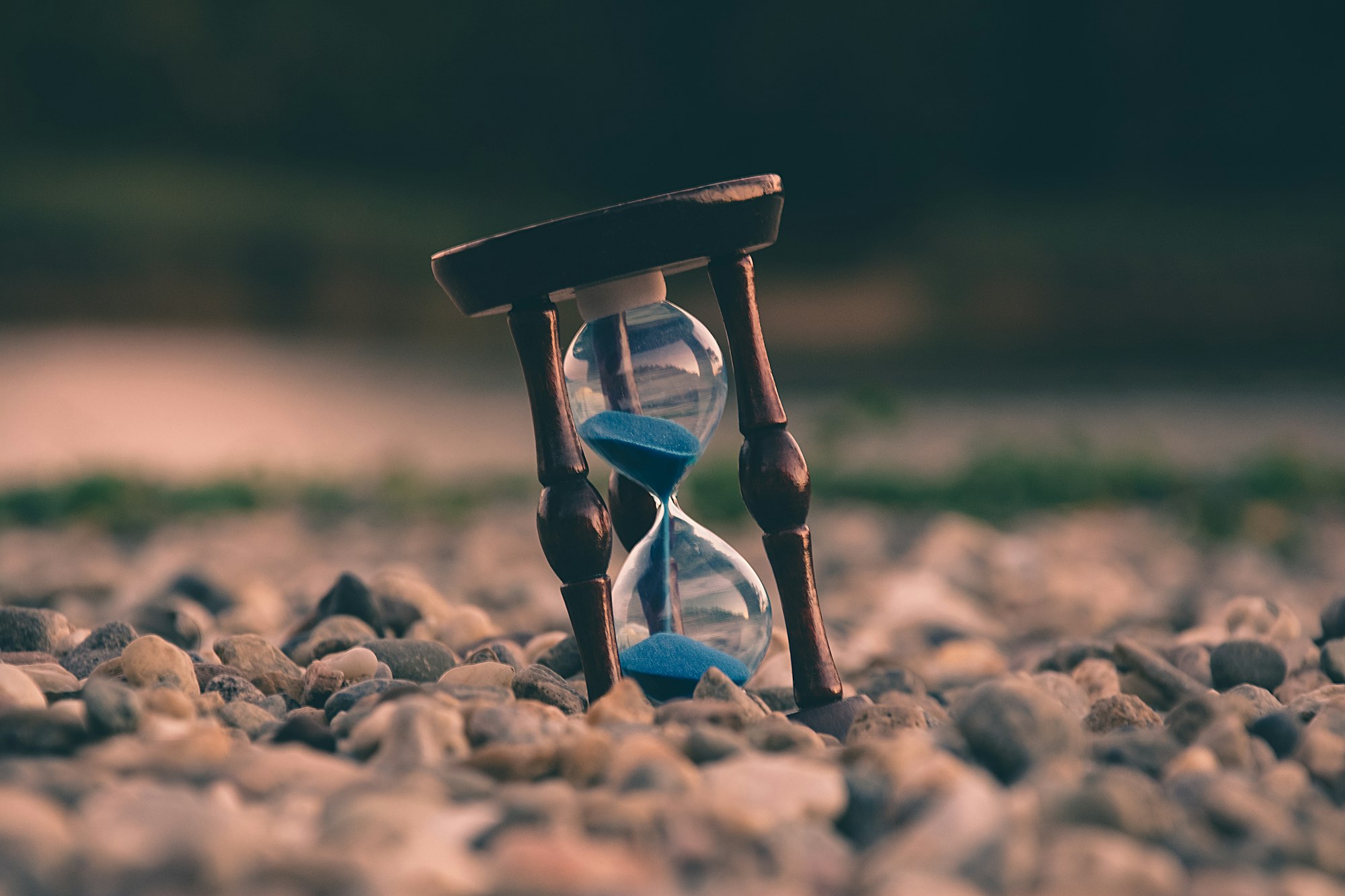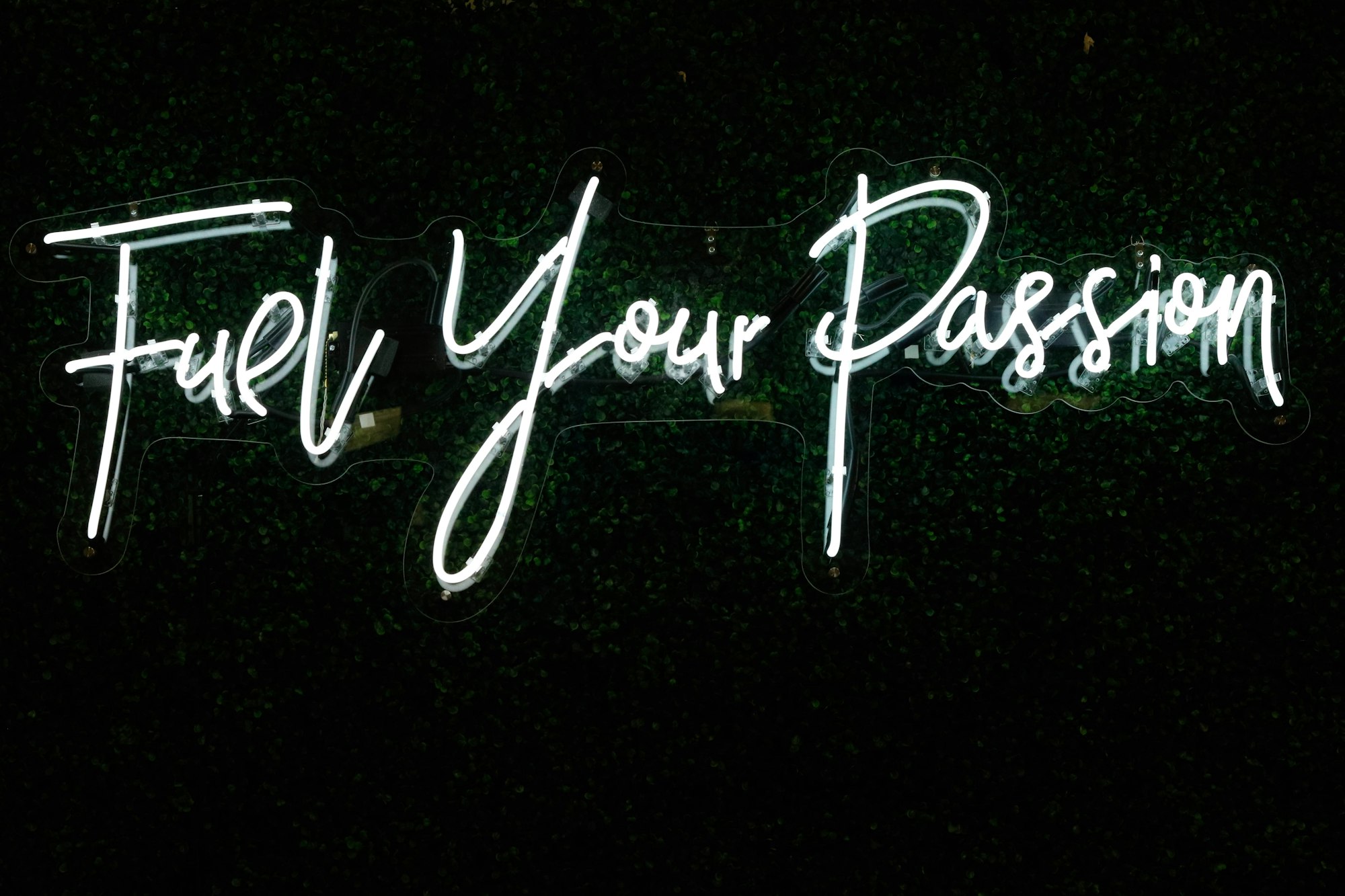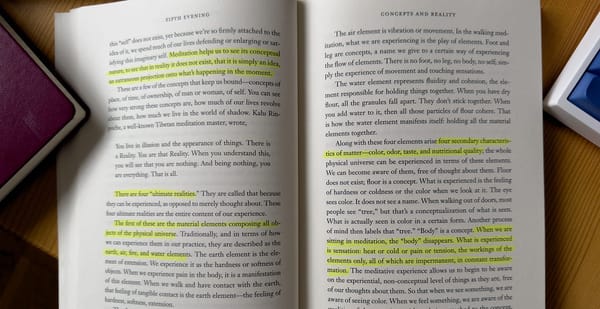Getting Paid on Medium - What I’ve Learned
Whether you like it or not, your mindset will change as soon as you get paid as a writer.

Whether you like it or not, your mindset will change as soon as you get paid as a writer. In this blog, I will discuss why this happens and the golden rules I have learned as a writer and reader on Medium and as a YouTube content creator. I will discuss how my fear and insecurities have stopped me from utilising the paywall opportunity and also give some advice from what I have learned in the short time I’ve been sharing my ideas with the world.
This year, I set an ambitious goal to write 50 original pieces of work before the end of the year. I wanted to create in-depth and thought-provoking prose that could engage and inspire my readers. I’ve learned that success isn’t easy, but dedication and hard work make anything possible. Although I’ve encountered challenges along the way already, including time constraints, personal issues with mental health and my confidence in my professional and personal goals, I’m determined to push forward and create something that genuinely resonates with my audience. With that being said… let’s talk about earning money on Medium. In January (the 12th, to be exact), I decided to paywall an article that I wrote, and it did change the attitude and priorities I’d originally set when I started writing Not Entirely Boring nearly a year ago. The thing is this: I never expected my attitude to change.

Three Golden Rules (That I don’t follow)
I’m not the greatest writer in the world (I’m working on it), but I am genuinely passionate about the subjects that I write about, which, for the most part, is productivity. I love reading and writing about the methods, tools and resources that we have available to learn from each other.
I have to admit that I’ve always found the ‘this is how much I earned’ stuff a bit cringe-worthy, and they’re all pretty similar in how they maximise their income potential on the platform. Simply put, these writers focus on shorter articles, plan everything they write in advance, and try to publish every day. (For the most part).
Let’s make that simpler - the golden rules:
- Write articles that are about a single subject.
- Plan what you write in advance, and
- Publish consistently.
The Why
When I joined Medium last year, it was around the same time that I set up my blog and newsletter. I needed an additional creative outlet because, though I love making YouTube content, it’s not my only passion. I really wanted to improve my writing, with the ultimate goal of writing the book I’ve been stewing over for twenty years. You can read more about that in the article I wrote here. So I got to work. I did not put anything I wrote behind a paywall (I think I may have needed 100 followers then; I can’t remember the restrictions). Regardless, I’d decided that my writing wasn’t good enough to paywall. With the twenty-twenty vision of hindsight, I can put this down to imposter syndrome, coupled with the confidence-draining goblin that lives inside me. They both got the better of my mental health. In spite of this, a few of the blog posts that I wrote started getting incredible reach. (What a missed opportunity!)

The Trap and the Grind.
When it comes to monetising your content on Medium or any other platform, my advice is simple - don't compare yourself to others and don't have any expectations. It's important to understand that some topics will always get more attention and reach than others, no matter how much you optimise your content or add visually appealing elements to it. For instance, I made a video review of a Las Vegas hotel that got around 5,400 views, which was decent considering my channel's size. However, when I wrote a version of the same review, it turned out to be a complete waste of time. This illustrates my point that certain topics perform better in certain formats.
If you search for what's trending or popular on Medium, you might find yourself in a subject area where established writers are already dominating the space. This is why it's crucial to be consistent and patient. With time and practice, every writer can improve and find their own voice, eventually building a loyal audience. They will earn and deserve their success.
It is so easy to fall into the comparison trap, both as a writer on medium, a writer of books (terrible half-book for me at the moment) and as a creator on YouTube. People often overlook the grind of the person you’re comparing yourself to. I’m not going to mention any names here who I admire for the grind and their content, but there are some astonishing writers in the productivity space on Medium - they cover applications such as Obsidian, Capacities, and Tana in such amazing detail with easy-to-understand prose for applications that can be, on the surface, quite complicated. They inspire me. They all follow the first golden rule: “Write articles that are on a single subject” The articles are short and frequent, and some of these creators are banking hundreds, if not thousands, of dollars in Medium revenue. But we, and any other aspiring writer should not compare ourselves to them. But we should be inspired by them. Because before they were getting tens of thousands of claps on an article, they wrote and they wrote and they hit the keys on their laptops until their fingertips bled (okay, I might be exaggerating the last bit)
You have to respect the grind.
So, if you’re reading this as a recommendation on Medium (thank you, Mrs Algorithm) (though you may be reading this on my website - feel free to subscribe to the newsletter, it doesn’t cost anything and will help me feel popular) you may be wondering, ‘Could I be a writer and make some money on Medium?’ The answer is yes. Yes, you could do all those things. But you have a hill to climb first.

The Medium Paywall Experiment
Going back to my original plan of writing fifty pieces this year, which I’m now thinking I should increase to one hundred, I decided with the second blog that I would paywall it. The option was there, so I went for it. I really didn’t expect anything. I’m not monetised on YouTube (yet), so I’ve never really experienced having a passive income from my creative works, and my insecurities were still hounding me.
That was all about to change.
In a day, I’d earned $5, then $7 and then $10. Each morning, I’d go downstairs and tell my husband the number, who seemed shocked. I’m not sure if that’s a good thing or a bad thing, come to think of it!
But suddenly, seeing the income from this single piece of work start to increase daily was so incredibly uplifting, and it built my confidence. I started thinking that this could be a thing. I don’t believe I could become a full-time writer for a second, but at the same time, I had written something that resonated with readers on the platform. I honestly couldn’t believe it. I decided at this point to paywall some of my previous articles. Those have obviously missed the peak audience exposure window, but as I still get recommendations of works that were written over two or three years ago, it couldn’t hurt.
Views and Reads, Claps and Comments
I read an article a few weeks back - I wish I’d saved it because it really was profound in many ways. The article discussed how we, as writers and creators should see our audience as a community and actively engage with them. And this is where claps and comments are important. I am definitely a clapper. If I read an article to the end, I will nearly always clap, and I will clap more if the article teaches me something new.

Hooks
As writers will know, the difference between a ‘view’ and a ‘read’ is thirty seconds. Correct me if I’m wrong, but the read time is linked to the amount of money the platform will award the writer and the engagement - which is why everything helps. This has made me realise that if you want to maximise this, the article needs a hook in the first paragraph or two. A promise or a question that will be answered. Much like any book or piece of writing in fiction and non-fiction, the reader needs to be engaged and want to read on. I have to admit that this realisation from the perspective of a blogger is relatively new. But in my planning now, when I start my structure (which I always write on paper before opening the laptop), I’m asking myself, ‘Why should someone read this?’ For this article, the one you’re reading right now - knowing that it was going to have a longer word count than others that cover a similar subject matter - I wanted the hook to be “This is a personal journey of growth in confidence and mindset as a new-ish writer on Medium and how earning on Medium changed my mindset and improved my confidence. Let me tell you want happened”. I’ll leave you to decide whether or not that was a strong enough hook.
In my article about the To-Do List Mindset, which is nearly four thousand words long, the main idea is that To-Do Lists can be oppressive. In the article, I explore why this might be the case, and I present my own method for improving the To-Do List to boost productivity and mental well-being. If you can get the hook right, then a view will become a read - which will help you build an audience. If you see that not too many views are converting to reads in the stats, go back and re-read your first paragraph and ask yourself, ‘Why should anyone read on from here?’
Don’t Ever Take Your Reader’s Time For Granted
When anyone reads your words, they give you their own time; as we all know, time is a precious commodity. It may only be a few minutes, but a reader who decides your writing is worth their time is a precious gift. It doesn’t matter if it’s one hundred thousand reads or just one - that’s a magnificent achievement. Because our time is limited. This brings me nicely to my next point…
(And if you’re still here, thank you! ❤️)

Quality Vs. Quantity
Though I have not met the golden rule of consistently posting new content on Medium (and YouTube, for that matter) to maximise profitability and growth, I believe this rule holds some merit. The counter to that, however, is that each piece of work is, I hope, judged by the algorithm on its own merit. This means that if I post only a couple of articles a month, each will be treated as an isolated piece of work, and creators are not given favour in the rankings if they post daily. Of course, this is going to affect the ability of any channel or profile to grow and build an audience faster. However, I believe that the quantity of publishing should always be second to the quality of the work. This is not to say that you shouldn’t publish your work if you’re unsatisfied with the final version. I fell into the trap in 2023 of not feeling like my work was any good, so it either went unpublished or unfinished. That was to my detriment because my fear got the better of me. If you’re an aspiring writer or an established one, Don’t let your fear get the better of you when it comes to pressing the publish button. I have made and continue to make plenty of mistakes, but there are tools that we can utilise to support correcting and improving our prose (without the use of ChatGPT).
Ultimately the quality of your writing is king (or queen). I say this because it’s incumbent on us as writers to try to improve with each piece of work we spend our time on. If you can, try to make the following article, story, or video better than the last. If a writer wants to capitalise on their growth potential in revenue and follower count on the Medium platform, the writing needs to be good. Eventually, it will be great, but we all start somewhere.
Plan Your Topics ahead of time
I love writing for writing’s sake. This is part of the reason why I keep two journals (Morning Pages in the (shock) morning and an evening journal). I also keep separate notebooks for original ideas I come up with each day and a commonplace notebook where I save references and ideas I read about that I find interesting. But when it comes to writing for Medium, I think it’s less of a Live Journal (remember that?) and more topic-based. For your work to reach a broad audience that will stay and read to the end, you need to think about what you will write about and how you will structure your argument to ensure it’s engaging and has a flow that is not confusing. This feeds into the second golden rule: planning ahead of time. Planning allows you to keep your content concise. (don’t judge me; I know how much I ramble; imagine what I’m like after a few drinks! lol) But, really - joking aside, it helps to keep your reader engaged if you’re not rambling and repeating yourself. And planning enables you to do this. It also ensures you have a bank of topics to draw on should you not know what you want to write about that day.
The method that I use is that I have several folders in Ulysses. The first is for titles I think I would like to write about, but they’re in ‘holding’ while I mull over them. The second includes the idea that I will draft (eventually), and the third is for work that I will write and publish this month. I will go to that folder and choose which one to work on. If I get writer’s block or hit a wall, I can leave the draft and return to it at a later date and look at a different one instead. Of course, this is agile, and I’m always moving stuff around. That’s the great thing about writing. Absolute freedom.

Structure and Form
I then start with all the subheadings for the article to ensure that it will have a flow, and I write the first draft over a couple of evenings - unless I’m in a flow and can write it in one sitting. I will say this: as a writer, nothing is better than getting lost in the writing flow. When a story is coming together, and your fingertips are going at light speed across the keyboard, trying to keep up with your mind, It’s exhilarating!
I will then wait a day or two and return to the article to do a redraft. I’ll correct spellings and restructure them where necessary. Most of my pieces are between two and four thousand words, so the work needs breathing time.
I have also been known to print out the article, move to a different room, and mark up the copy. I’m old school in this regard. It’s easy to type thousands of words, and the majority of them turn out to be a rant or a thought shower. Seeing it in hard copy will help you find your form and structure to ensure that the reader isn’t going to get lost in what you are trying to say.
Grammarly and Other Tools
I am convinced that I suffer from a mild form of Dyslexia, and it doesn’t matter how many times I read and re-read and re-read, I have this incredible ability to still publish a piece of work that is littered with errors. And a comment that I received confirmed this. One of the tools that I’ve decided to invest in is Grammarly, which is simply an add-on that corrects spelling and grammar. This has been such a great tool to use and has helped me improve the quality of my work. I don’t want to rely on the tool, though. This is one of the problems I have with AI as a writing tool; I think it may turn creatives into prompt engineers, and we become stunted by not making enough mistakes to learn from. Don’t get me wrong; what Chat GPT and other tools can accomplish is astonishing. But I’m weary. I don’t want to lose my writer’s voice, which I’m still trying to discover with each article I write.
I will say this, though: it’s easy to get lost in an ocean of red and blue underlined sentences, so when you compose your first draft of your writing, I’d recommend turning it off. The primary reason for this is that you don’t want to worry about the details when you’re in the process of making your point. When I find that flow, I make a thousand-and-one errors, and that’s just fine. That’s why it’s a first draft.
Furthermore, though I think Grammarly is a great tool, and I highly recommend it, don’t be too reliant on it. (Though I have far fewer commas now - a terrible habit of putting a comma after every third word I hope to break!)

The Numbers
The experiment story was published on 12th January 2024, and, at the time of writing on 7th February 2024, it made $62.70, which is fantastic. I can say that the other stories that I’ve written have not made anything near this, with a couple of dollars at most. This is why I think the point I made earlier is that each article is judged on its own merit. So if you’re reading this - and you’ve made it to the end (thank you), I want you to know that when you publish on Medium, have zero expectations, grind, plan, find your voice and enjoy and love every single fucking minute as you put pen to paper, fingertips to keyboard - because when you get that first dollar, you’ll realise that you can do it. We all can.
Happy writing. Happy reading.
Lots of love x




